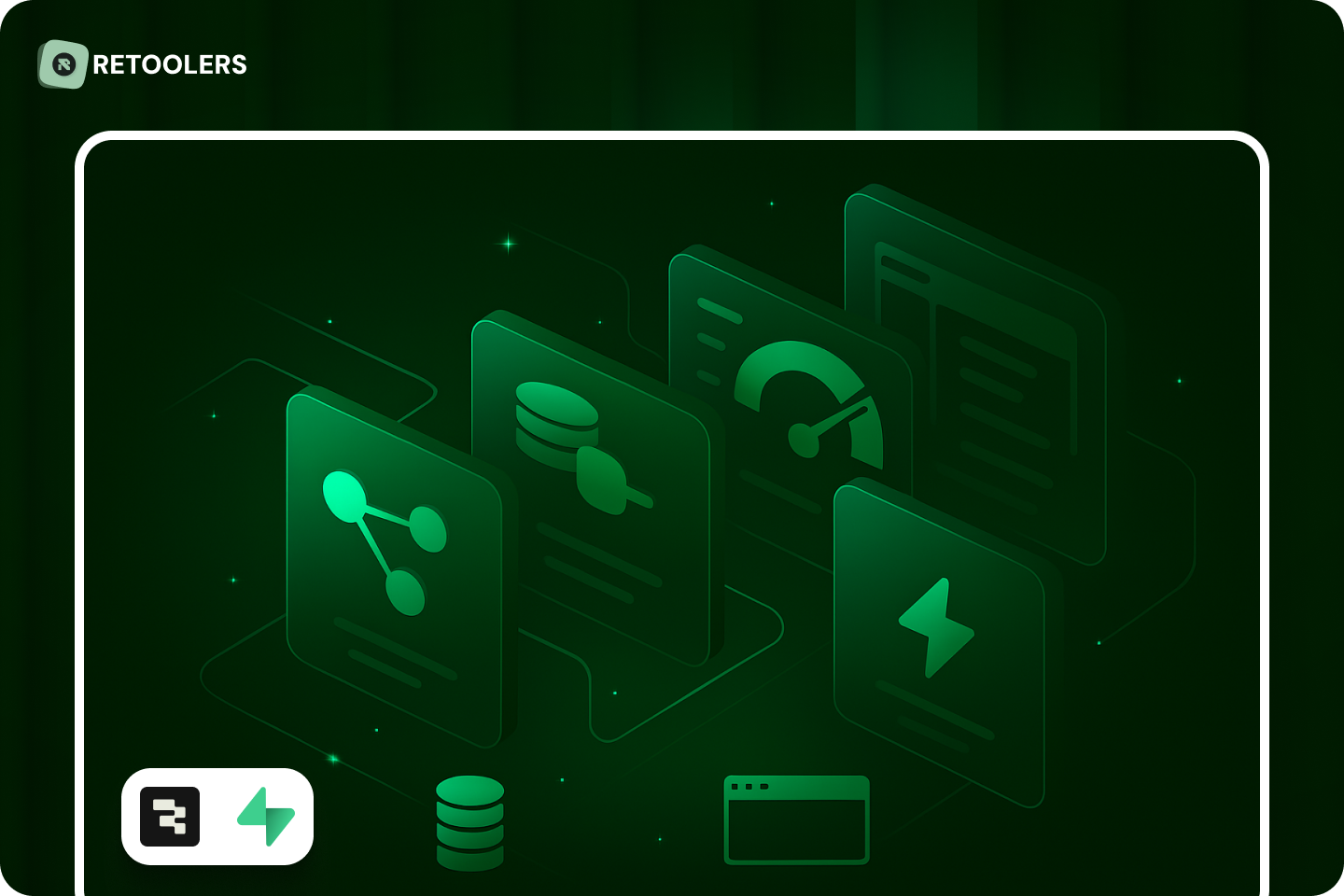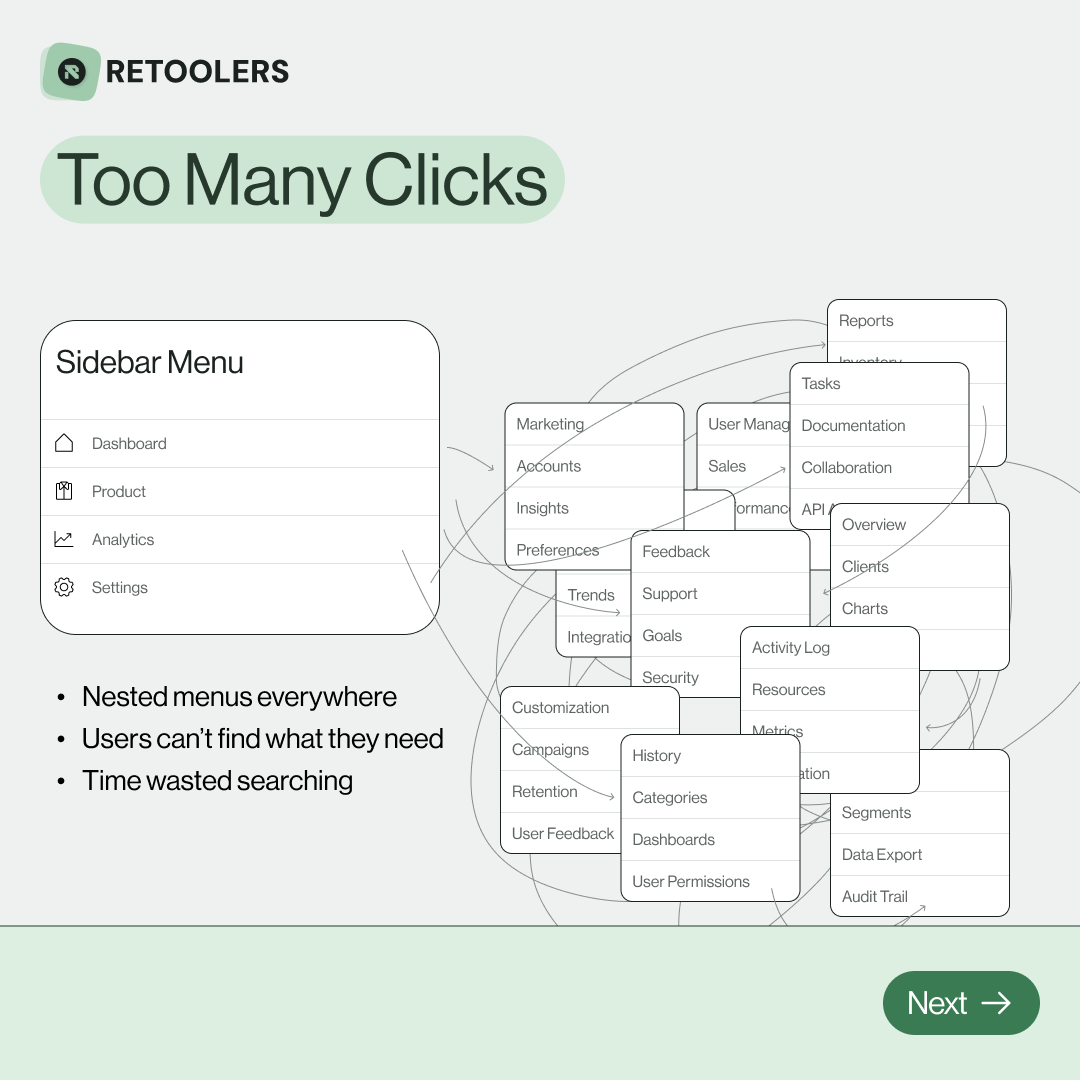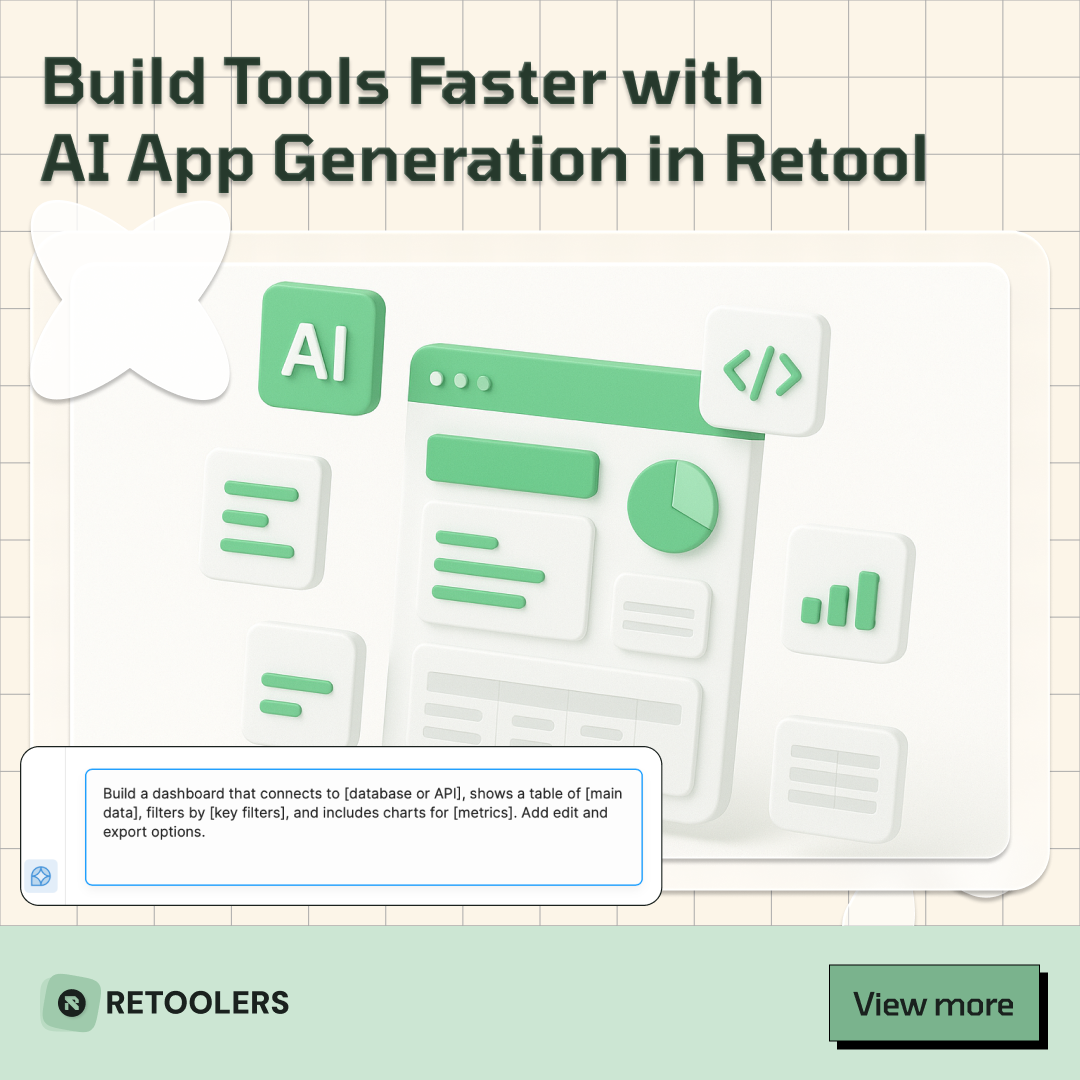Duy Vu
October 9, 2025
•
25 mins read

If you’ve been exploring backend-as-a-service (BaaS) platforms, you’ve probably asked yourself: what is Supabase, and how does it compare to Firebase? Both tools promise to help developers move faster by handling the heavy lifting of authentication, databases, APIs, and real-time updates. But when it comes to building reliable internal tools, the differences between Supabase and Firebase matter a lot.
In this guide, we’ll break down the Supabase database, its features, and how it stacks up against Firebase. We’ll also share how Retoolers think about these platforms when building internal apps that need to be secure, scalable, and fast. By the end, you’ll have a clear sense of which platform is right for your team — and how Retool can help you get the most out of whichever backend you choose.
At its core, Supabase is an open-source alternative to Firebase. It’s built on top of PostgreSQL, one of the most battle-tested relational databases in the world. That means the Supabase database is SQL-based, relational, and designed for developers who want structure, schemas, and the ability to scale without hitting the limitations of a NoSQL system.
Supabase markets itself as “the open-source Firebase alternative,” but it’s more than just a clone. It’s a developer-first platform that embraces open standards, transparency, and extensibility.
In short, Supabase is “Firebase for SQL lovers.”
Firebase, owned by Google, is a NoSQL-first platform. Its Firestore database is document-based, which makes it flexible but less structured than SQL. Firebase shines in mobile-first apps, real-time chat, and projects where schema flexibility is more important than relational integrity.
Firebase has been around longer, has deep integration with Google Cloud, and is widely used in mobile app development. But its NoSQL-first approach can create challenges for teams that need structured, relational data.
FeatureSupabase (Postgres)Firebase (Firestore)DatabaseSupabase database (SQL, relational)NoSQL, document-basedAuthenticationBuilt-in, flexible, supports SSOBuilt-in, mobile-firstFile StorageObject storage with access policiesCloud StorageReal-timePostgres replicationFirestore listenersAPIsAuto-generated REST & GraphQLClient SDKsOpen-sourceYesNoPricingTransparent, usage-basedTiered, can spike
The Supabase database is the heart of the platform. Unlike Firebase’s Firestore, which is document-based, Supabase uses PostgreSQL — a relational database with decades of proven reliability.
Imagine you’re building an internal inventory management system. With the Supabase database, you can:
With Firebase, modeling these relationships would require workarounds, nested documents, or denormalized data — which can get messy fast.
Both Supabase and Firebase offer built-in authentication, but their approaches differ.
For internal tools, Supabase’s row-level security is a huge advantage. You can say: “Only allow users to see rows where user_id = auth.uid()” — and the database enforces it automatically.
Both platforms support real-time updates, but the underlying mechanisms differ.
For chat apps or collaborative tools, both work well. But for structured, relational data, Supabase’s approach is often more predictable.
Pricing is often the deciding factor for startups.
Example: If your internal tool makes thousands of small read/write operations per day, Firebase costs can balloon. Supabase, by contrast, charges based on database size and bandwidth, which is easier to forecast.
Here’s the truth: whether you choose Supabase or Firebase, you’ll still need a way to turn that backend into usable apps for your team. That’s where Retool comes in.
In less than a day, you’ve built a production-ready CRM — without writing a full frontend from scratch.
Best practice: Start with a clear data model. If your app is relational, Supabase is usually the safer bet.
So, what is Supabase? It’s an open-source, SQL-based alternative to Firebase that gives developers the power of PostgreSQL with the convenience of a modern BaaS. The Supabase database is structured, scalable, and perfect for teams who want to avoid the pitfalls of NoSQL when building serious
At Retoolers, we believe the best tools are the ones your team actually uses. Supabase provides the structured, scalable backend you need. Retool turns it into the apps your business runs on. Don’t just ask what is Supabase — experience what it can do when paired with Retool. Start building your first Supabase-powered app in Retool today
Stop wasting hours on scattered tools. Let Retoolers build your custom dashboard and streamline your operations today. Book a call with us!
Looking to supercharge your operations? We’re masters in Retool and experts at building internal tools, dashboards, admin panels, and portals that scale with your business. Let’s turn your ideas into powerful tools that drive real impact.
Curious how we’ve done it for others? Explore our Use Cases to see real-world examples, or check out Our Work to discover how we’ve helped teams like yours streamline operations and unlock growth.

🔎 Internal tools often fail because of one simple thing: Navigation.
Too many clicks, buried menus, lost users.
We broke it down in this 4-slide carousel:
1️⃣ The problem (too many clicks)
2️⃣ The fix (clear navigation structure)
3️⃣ The Retool advantage (drag-and-drop layouts)
4️⃣ The impact (happier teams)
💡 With Retool, you can design internal tools that are easy to use, fast to build, and simple to maintain.
👉 Swipe through the carousel and see how better UX = better productivity.
📞 Ready to streamline your tools? Book a call with us at Retoolers.

🚀From idea → app in minutesBuilding internal tools used to take weeks.
Now, with AI App Generation in Retool, you can describe what you want in plain English and let AI do the heavy lifting.
At Retoolers, we help teams move faster by combining AI + Retool to create tools that actually fit their workflows.
👉 Check out our blog for the full breakdown: https://lnkd.in/gMAiqy9F
As part of our process, you’ll receive a FREE business analysis to assess your needs, followed by a FREE wireframe to visualize the solution. After that, we’ll provide you with the most accurate pricing and the best solution tailored to your business. Stay tuned—we’ll be in touch shortly!



